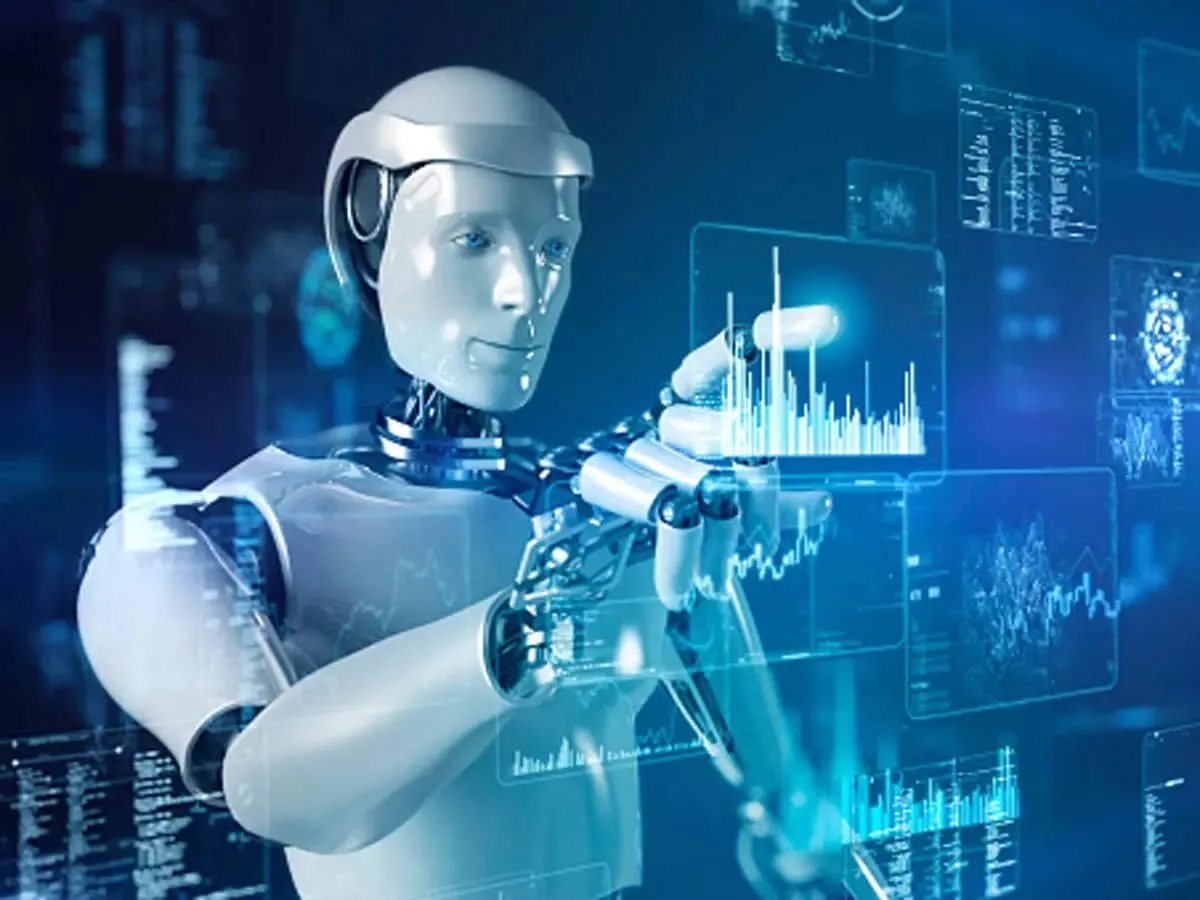
AI Robots represent the marriage of artificial intelligence (AI) and robotics, uniting cognitive computing with physical tasks. These smart machines have the capacity to comprehend their surroundings, process data, and make decisions, significantly reducing the need for human intervention.
And we venture further into the 21st century, AI Robots are poised to become a common sight in various domains. The age of AI Robots signifies a landmark in our technological journey. As these intelligent machines become more embedded in our lives and industries, they promise to redefine the boundaries of what is technologically achievable, all while opening doors to unprecedented possibilities.
Understanding the Concept AI Robots
AI Robots are a type of autonomous system, designed to interact with their environment without human guidance. They are characterized by their ability to learn from experiences, adapt to new situations, and make decisions with a level of independence. By integrating artificial intelligence with robotic hardware, these machines can perform complex tasks, ranging from manufacturing and logistics to domestic chores and healthcare services.
The Journey of AI Robots

The inception of AI Robots can be traced back to simple machines designed to mimic human actions. The real game-changer, however, was the integration of AI technologies that allowed these machines to learn and evolve. The advent of machine learning marked a significant turning point in the development of Robots. By learning from data and improving over time, these robots became more efficient, adaptable, and effective, able to handle dynamic and unpredictable environments.
The Impact and Applications of AI Robots
AI Robots have the potential to revolutionize numerous industries. In manufacturing, they increase efficiency and accuracy, while in healthcare, they contribute to surgical precision and patient care. In logistics, AI Robots streamline processes, from warehouse management to delivery services.
Robots are not just industrial workhorses; they are also making their way into our homes. Smart home assistants, robotic vacuum cleaners, and lawn mowing robots are all examples of how Robots are simplifying our daily tasks.
The Future of This Technology

As technology continues to evolve, the capabilities of AI Robots will also expand. We can anticipate developments in humanoid robots that mimic human emotions and actions, enhancing their interaction with people. Additionally, advancements in AI and machine learning will result in robots that can learn more quickly and adapt more effectively to their surroundings.
Fostering the Human-Robot Symbiosis
We tread deeper into the era of AI Robots, we are witnessing a redefinition of the relationship between humans and robots. AI Robots are no longer seen as mere tools or extensions of human will, but as autonomous entities capable of learning, adapting, and making informed decisions. This burgeoning partnership is being fostered by advancements in AI that not only allow robots to process information and learn from experiences but also to understand and mimic human emotions.
We are gradually heading towards a future where AI Robots will be integral components of our society, engaging in diverse roles from being efficient co-workers in factories and offices to being empathetic caregivers at homes and hospitals. As these intelligent machines take on more complex roles, they’re also pushing us to reassess our ethical and legal frameworks.
The progress in AI Robot technology signals not just a technological revolution, but a social evolution – the advent of a world where humans and intelligent machines coexist and collaborate in an unprecedented manner. The challenge and opportunity for us lie in shaping this future in a way that augments human capabilities, enhances societal welfare, and respects our values and norms.
Robots as Catalysts for Change

We continue to witness the transformation brought about by AI Robots, it’s essential to view these intelligent machines not as replacements, but as catalysts for change. Their capability to automate tasks and learn from experience is an opportunity to elevate human potential, freeing us from routine tasks and allowing us to focus on more creative, strategic, and emotionally engaging endeavors.



